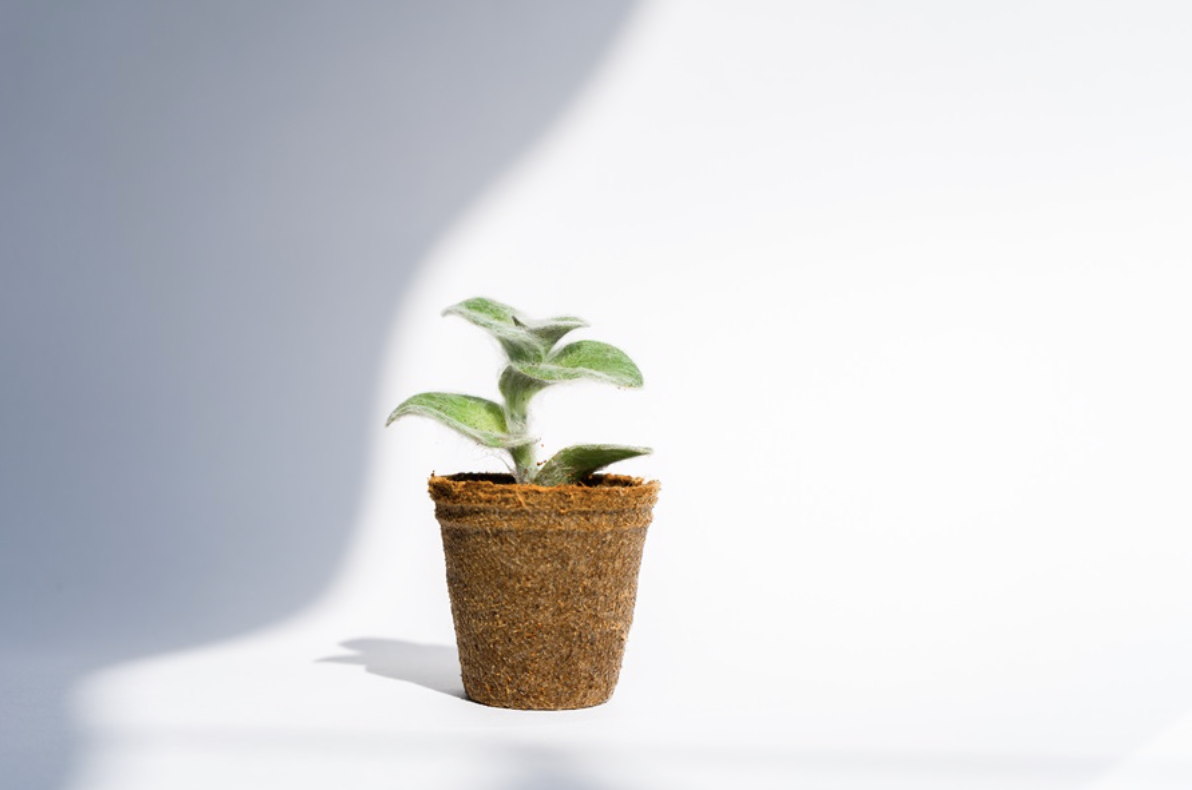
Just 3.4 percent of consumers globally are using retailer recycling schemes, according to a report by GlobalData – but the trend is on the rise as leading players find new ways to reduce waste, use fewer resources and even adopt circular business models.
Fashion is recognized as one of the largest polluters on the planet, and growing awareness of that is encouraging retailers to make innovative and sustainable changes to their manufacturing and production processes to lessen waste.
Adidas has introduced the second generation of its first 100-per-cent-recyclable performance running shoe. The FutureCraft Loop Generation 2 is made using a mix of new raw materials and recycled components of the initial shoe – and is expected to be 100-per-cent recycled in the product’s next iteration.
Meanwhile, Hong Kong brand Dyelicious creates color dye out of organic waste such as coffee, red cabbage, sweet potato and ginger in its garments.
Reducing resources
Outdoor apparel brand Patagonia has established a new ReCrafted collection where each item has been made from donated pieces, upcycled and repurposed into a “one-of-a-kind” piece. Each ReCrafted jacket, shirt, vest and bag is upcycled from three to six used pieces of clothing.
Hong Kong’s very own label curated from The Mills in partnership with H&M foundation – Alt: – also uses a garment-to-garment recycling system to create new knitted pieces from the repurposed yarn of former old pieces which would otherwise have been discarded. Professor Edwin Keh, founder of Alt:, was crowned Inside Retail Hong Kong’s most Innovative Retailer in 2019.
While many brands have launched programs to take in used garments to deconstruct – and some may even offer incentives for consumer’s donations – research from GlobalData shows that just 3.4 percent of consumers use a retailer’s recycling scheme to get rid of unwanted textiles. That could present a challenge to scaling up such schemes.
“The practice of both repurposing and restoring post-consumer goods has the potential to help the fashion industry operate in a more sustainable manner, moving away from the traditional ‘take-make-waste’ model,” says Beth Wright, GlobalData apparel correspondent.
“However, while both trends ultimately mean fewer items are being produced and keep products out of landfill, they still represent just a drop in the ocean compared with the amount of new clothing that continues to be made.”

